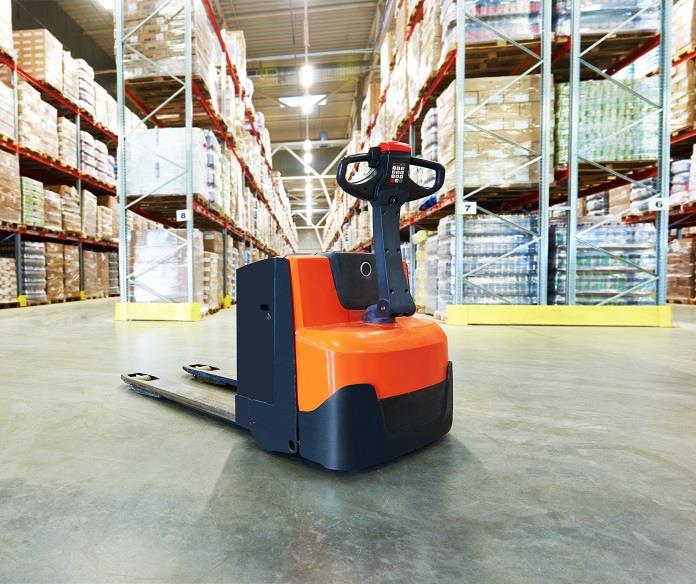A Deep Dive into Construction Safety Training and Walkie Low Lift Training
Tagged as: .
In the ever-evolving landscape of construction, safety remains a paramount concern that transcends mere compliance—it is about safeguarding lives. Amidst the bustling activity of a construction site, each worker's knowledge and awareness of safety protocols can be the difference between a normal day and a catastrophic one. Construction Safety Training is not just a regulatory requirement; it is an essential foundation of a proactive safety culture.

This training covers a vast array of critical topics, from the correct use of personal protective equipment (PPE) to the nuances of working at heights and handling hazardous materials. Effective training programs are designed not only to educate but also to empower employees, enabling them to recognize safety risks and take immediate corrective actions.
The Crucial Role of Walkie Low Lift Training in Operational Safety
Moving into the specifics of operational equipment, Walkie Low Lift Training emerges as a critical component of workplace safety. Walkie low lift trucks, while less imposing than their high-reaching counterparts, still pose significant risks if mishandled. Training for these devices focuses on operational techniques, safety checks, and maintenance procedures to ensure safe daily operations.
Participants in this training learn how to maneuver these trucks through tight spaces, manage loads safely, and understand the mechanical aspects that affect their operation. The goal is not just to prevent accidents but also to extend the lifespan of the equipment through proper handling and maintenance.
Integrating Training Programs for Enhanced Safety Outcomes
The integration of Construction Safety Training and Walkie Low Lift Training into a single, cohesive safety strategy is beneficial for any construction or industrial site. By addressing both general safety measures and specific equipment training, companies can create an environment where safety is the norm, not the exception.Training should be ongoing, with refresher courses and updates as standards evolve and new technologies emerge. Engaging workers in regular training sessions not only reinforces safety principles but also boosts morale and productivity by showing a commitment to employee well-being.
For those looking to implement or enhance their safety training programs in Toronto, visiting SafetyFirstTraining.ca is an excellent start. This platform offers a comprehensive range of courses tailored to meet the needs of various industries, ensuring that all team members are well-equipped to handle their roles safely and efficiently. Remember, investing in safety training is investing in the future of your business and the well-being of your employees.
Our website has a wealth of information on this subject.